Health Benefits of Rice Bran Oil
The Rice Bran Oil Market is experiencing a surge in demand due to the increasing awareness of health benefits associated with rice bran oil. Rich in antioxidants, vitamins, and essential fatty acids, rice bran oil is perceived as a healthier alternative to traditional cooking oils. Studies indicate that rice bran oil may help in lowering cholesterol levels and improving heart health, which resonates with the growing health-conscious consumer base. As consumers prioritize healthier dietary choices, the market for rice bran oil is projected to expand significantly. In 2023, the market size was estimated at approximately USD 1.5 billion, with expectations of continued growth as more individuals seek out nutritious cooking options.
Expansion of Culinary Applications
The Rice Bran Oil Market is benefiting from the expansion of culinary applications across various cuisines. Rice bran oil's high smoke point and neutral flavor make it suitable for a wide range of cooking methods, including frying, sautéing, and baking. This versatility is attracting chefs and home cooks alike, leading to increased usage in both commercial and domestic kitchens. The market is projected to see a significant uptick in demand as culinary professionals explore innovative ways to incorporate rice bran oil into diverse dishes. In 2025, the market is anticipated to grow by approximately 7%, driven by the rising popularity of rice bran oil in gourmet cooking and its adoption in restaurants and food service establishments.
E-commerce and Online Retail Growth
The Rice Bran Oil Market is experiencing a transformation due to the rapid growth of e-commerce and online retail platforms. As consumers increasingly turn to online shopping for convenience, the availability of rice bran oil through various digital channels is expanding. This trend is particularly beneficial for niche products like rice bran oil, which may not be readily available in all brick-and-mortar stores. The rise of e-commerce is expected to contribute to a projected increase in sales of rice bran oil by 15% over the next few years. Retailers are leveraging online platforms to reach a broader audience, thereby enhancing market penetration and accessibility for consumers seeking healthier cooking oils.
Rising Demand for Natural Ingredients
The Rice Bran Oil Market is witnessing a notable shift towards natural and organic ingredients in food products. As consumers become increasingly discerning about the origins of their food, the demand for natural oils like rice bran oil is on the rise. This trend is particularly pronounced in the food and beverage sector, where manufacturers are reformulating products to include healthier, natural oils. The market for rice bran oil is projected to grow at a compound annual growth rate (CAGR) of around 5% over the next five years, driven by this consumer preference for clean-label products. The incorporation of rice bran oil in various culinary applications further enhances its appeal, positioning it as a staple in health-oriented diets.
Sustainability and Eco-Friendly Practices
The Rice Bran Oil Market is increasingly influenced by sustainability trends, as consumers and manufacturers alike prioritize eco-friendly practices. The production of rice bran oil is often associated with lower environmental impact compared to other oils, as it utilizes by-products from rice milling. This aligns with the growing consumer demand for sustainable food sources. Furthermore, brands that emphasize sustainable sourcing and production methods are likely to gain a competitive edge in the market. As of 2025, the rice bran oil market is expected to see a rise in brands adopting sustainable practices, potentially increasing market share by 10% as consumers gravitate towards environmentally responsible choices.
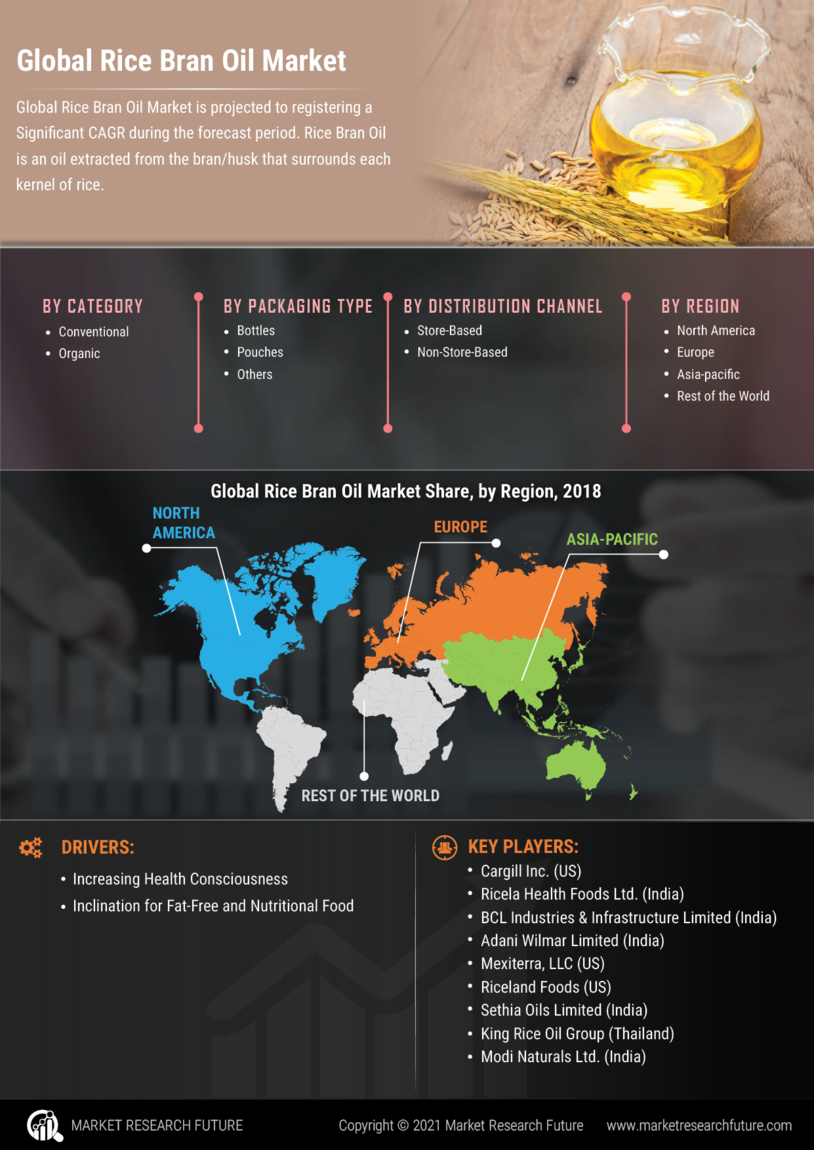


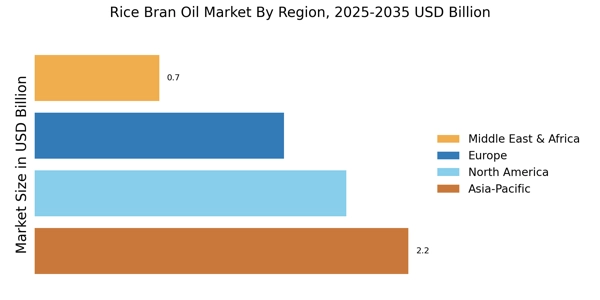
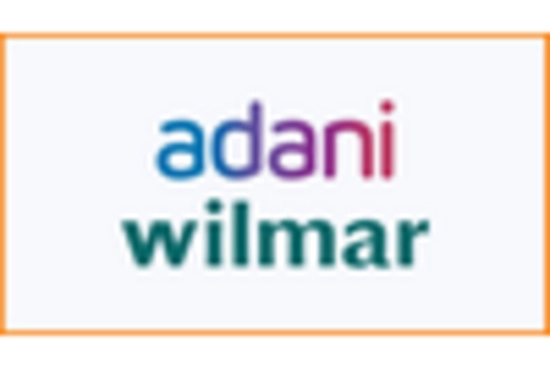
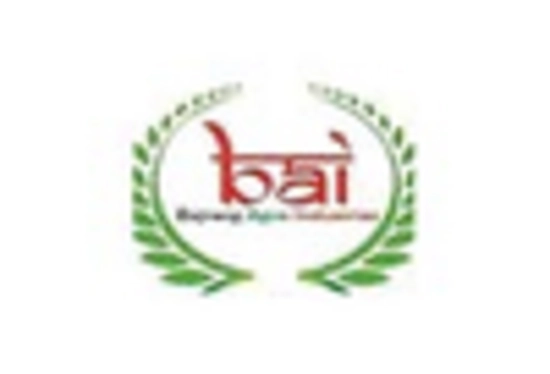
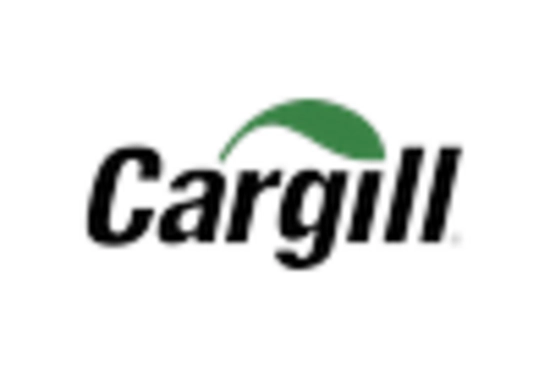

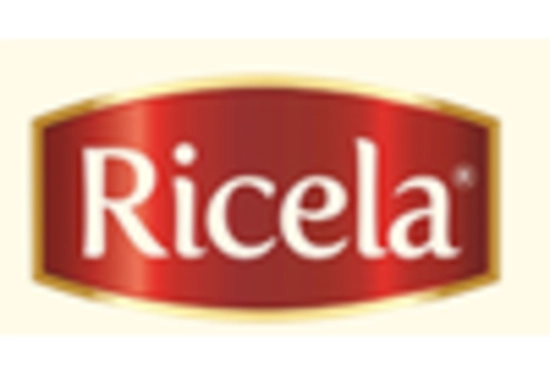









Leave a Comment